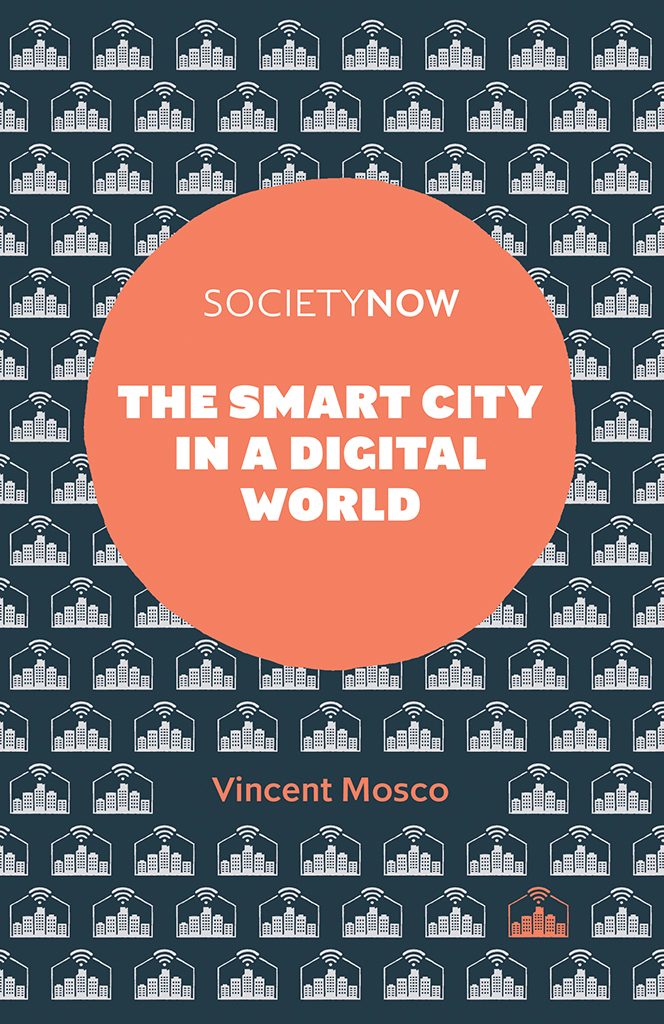Vodafone Group will be the Official Communication Partner of Porsche Motorsport when the automobile manufacturer enters the 2019/2020 ABB FIA Formula E Championship.
Formula E is the first fully-electric international single-seater racing series in which cars zoom at more than 200 km/h – with zero emissions – along the streets of 12 major cities across four continents.
Vodafone branding will be visible on the first all-electric racing cars in Porsche’s history, as well as the drivers’ uniforms, when the team makes its debut in November 2019. Vodafone’s new five-year sponsorship of the Porsche Formula E Works Programme includes the provision of communications equipment and technical support.
Ahmed Essam, chief commercial officer of Vodafone Group, said: “There’s a natural alignment for Vodafone with Formula E, a next generation, technology driven sport that appeals to a broad and ever-growing audience and that has concern for the planet at its heart. We have a very positive working relationship with Porsche and together we’ll look to break boundaries in vehicle technology.”
Fritz Enzinger, vice president Porsche Motorsport, said: “Vodafone has been a long-term partner of Porsche Motorsport and is helping us to develop both racing and street vehicle technology. We know Vodafone strongly believes in the innovative mission of Formula E and we are thrilled to have them by our side as Porsche Motorsport enters this new racing class.”
In addition to the partnership in Formula E, there will be a collaboration between Porsche Motorsport and Vodafone in eSports in the near future.
Formula E: developing new technologies in order to promote electric mobility
Formula E was created in 2014 to develop and promote electric mobility concepts across the globe. Formula E is currently the most competitive environment for advancing the development of high-performance cars in terms of eco-friendliness, efficiency, energy consumption and sustainability.
Participation in Formula E enables car manufacturers and technology providers, like Porsche and Vodafone, to test and develop road-relevant technologies on city streets, thereby acting as a catalyst to refine the design of electric vehicles and improve the driving experience for everyday road car users.
Vodafone Business already has a strong history of technology development with Volkswagen Group, the parent company of Porsche, which is one of its largest global customers. Vodafone is one of Volkswagen Group’s FAST partners – a small group involved in automotive and transportation research and development.
Porsche was Vodafone’s first connected car customer and the companies have worked together in recent years to add a number of features to high end models including: locking and unlocking via a mobile phone app; vehicle location tracking as an anti-theft service; and proactive preventative maintenance through monitoring car functions like fuel, oil pressure and tyre pressure.
Vodafone’s sponsorship of the Porsche Formula E Team also builds on a successful six year partnership between the brands in manufacturer prototype racing, which yielded three overall victories in the Le Mans 24 Hours as well as three World Championship titles in the World Endurance Championships.
Comment on this article below or via Twitter: @VanillaPlus OR @jcvplus
The post Vodafone group to sponsor Porsche formula E team appeared first on IoT Now Transport.











